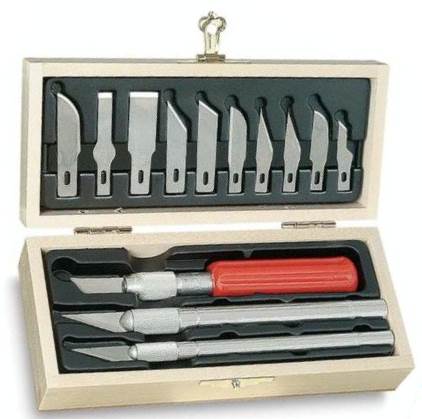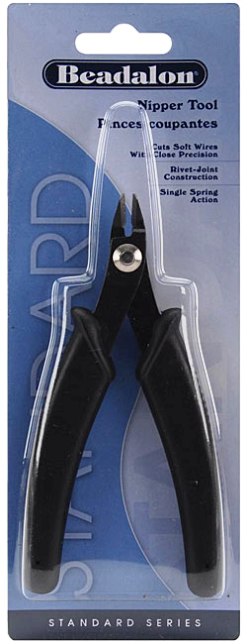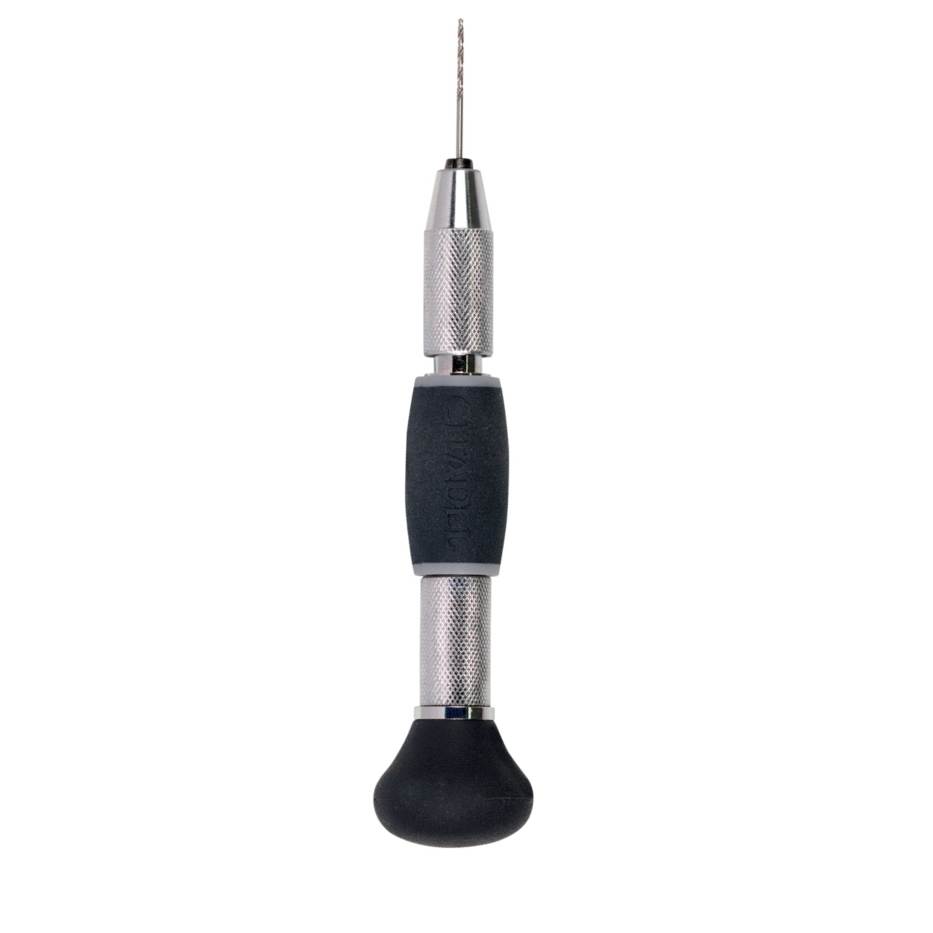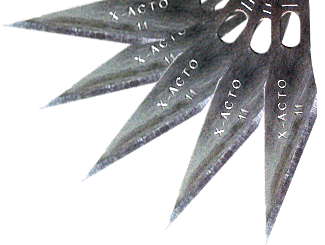HOBBY: Essential and Helpful Tools, Part 1, Cutting

Over the years I’ve tried a lot of different hobby products and tools. I often get asked about some of the various hobby products I’m using while I’m at the hobby store, so I thought an article on cutting tools might be useful.
This article will serve as a short list of some of the best, most useful, most helpful and most essential hobby items that I’ve come across during my years of building, converting and painting little toy soldiers. The modeling hobby is so much easier and the results much more rewarding when you have the proper tools to aid you in your endeavors.
First, where would we be without the trusty hobby knife. X-acto and Excel both make excellent hobby knives with interchangeable blades and there are many other manufacturers out there with a style to suit nearly everyone’s taste. Games Workshop sells one designed specifically for them in their stores as well. Most people use either a slim #1 or the slightly thicker in diameter #2 handle. Personally, I prefer the #2 because it gives me a bit more to hang on to. These knives have many different cutting blades available. Besides the usually acute triangular blade that comes with most knives there are shallower angle blades, saw blades, curved blades and chisel point blades. Chisel point blades are a specialty blade that is the most useful for removing unwanted decorations from the flat surfaces of plastic models without damaging the surrounding surfaces. For example, if you want to take the Imperial Aquila off of the front track guard of a GW Baneblade in order to replace it with a Chaos Star, the chisel point blade is your best choice for doing so. The picture below of an X-acto basic knife set shows the #1, #2, and #5 type hobby knife as well as a variety of blades. The large #5 handle is quite suitable for use with interchangeable hobby saw (i.e., razor saw) blades. X-acto makes high quality medium and fine razor saw blades. Games Workshop also sells a high quality fine bladed razor saw, but the blade is not removable or interchangeable like the X-acto saw. Note that in the photo below you can see a chisel point knife blade third from the left.
Second, hobby clippers, also called plastic cutters or flush cutters will speed up model assembly greatly. They are particularly useful for removing plastic parts from sprues. Steel bladed clippers can even be used on small soft metal parts without serious damage to them. I prefer the steel Beadalon Nipper Tool. The Nipper Tool is the exact same clippers GW used to sell years ago. The current GW plastic cutters are great light duty plastic cutters, but they are not that robust in their construction and I’ve seen some seriously damaged and broken blades where people were trying to cut something a little too thick or too hard. They are certainly good for people with small hands and beginners. Whichever tool you choose, make sure they fit your hand comfortably and that they are designed to do the job for which you are using them. Another great feature of the Beadalon Nipper Tool besides its sturdiness and longevity is its price. It can easily be found in online stores and big box craft stores often for less than $10. If you have one of those 40% or 50% off one item in the store coupons that the major craft stores publish so often, it becomes even cheaper. Those same stores also sell hobby knives and knife sets like those discussed above.
The last tool I’ll cover in some depth is the hobby drill, both powered and pin vice. I’m often surprised at the number of hobbyists who’ve never pinned a model and in some cases never heard of the concept. Not all pin vices are created equal. A pin vice is a small manual hobby drill for those new to the term. Drilling holes in order to pin parts of a model together adds a lot of strength and reinforcement to the join. There are many different shapes and sizes of pin vice, so choose one that fits your hand comfortably. Another factor to consider is the range of drill bit sizes that will fit in the collet. Many pin vices like the one sold by Games Workshop have a reversible collet that extends the size range of bits that can be used. Some pin vices have interchangeable collets. Pin vices are great for the smallest finest work, especially drilling out gun barrels on Space Marine Bolters to make them look more realistic. A powered drill like a Dremel tool will be of great assistance for larger models requiring a lot of holes for many arms, legs, tails, etc. I prefer the Dremel Stylus with its wide range of variable speed. At low speed I can do fine precision work and even drill plastic without melting it. At high speed it delivers enough power to drill easily into the largest pewter model parts. You can see a picture of Games Workshop’s Citadel Hobby Drill below.
Other supporting tools I find essential are wire cutters for cutting paper clips and brass rod used for pinning, needle nose pliers, and sharp scissors for doing some thin plastic card cutting. As your hobby skills grow you are likely to find that your collection of hobby tools needs to grow with it.
Finally, a word about safety. Always, always cut away from yourself and keep your hand supporting the work out of the way of the cutting tool being used. When the tool slips, and it will sometimes, if your supporting hand is in the way you may severely injure yourself, bringing your hobby fun to an abrupt end. And remember to wear eye protection when using cutting tools, especially power tools and when cutting or drilling metal models. Shavings will fly everywhere and if one gets in your eye you could easily lose it due to infection. A pair of safety goggles are essential. Your hobby will stay fun if it stays safe.





